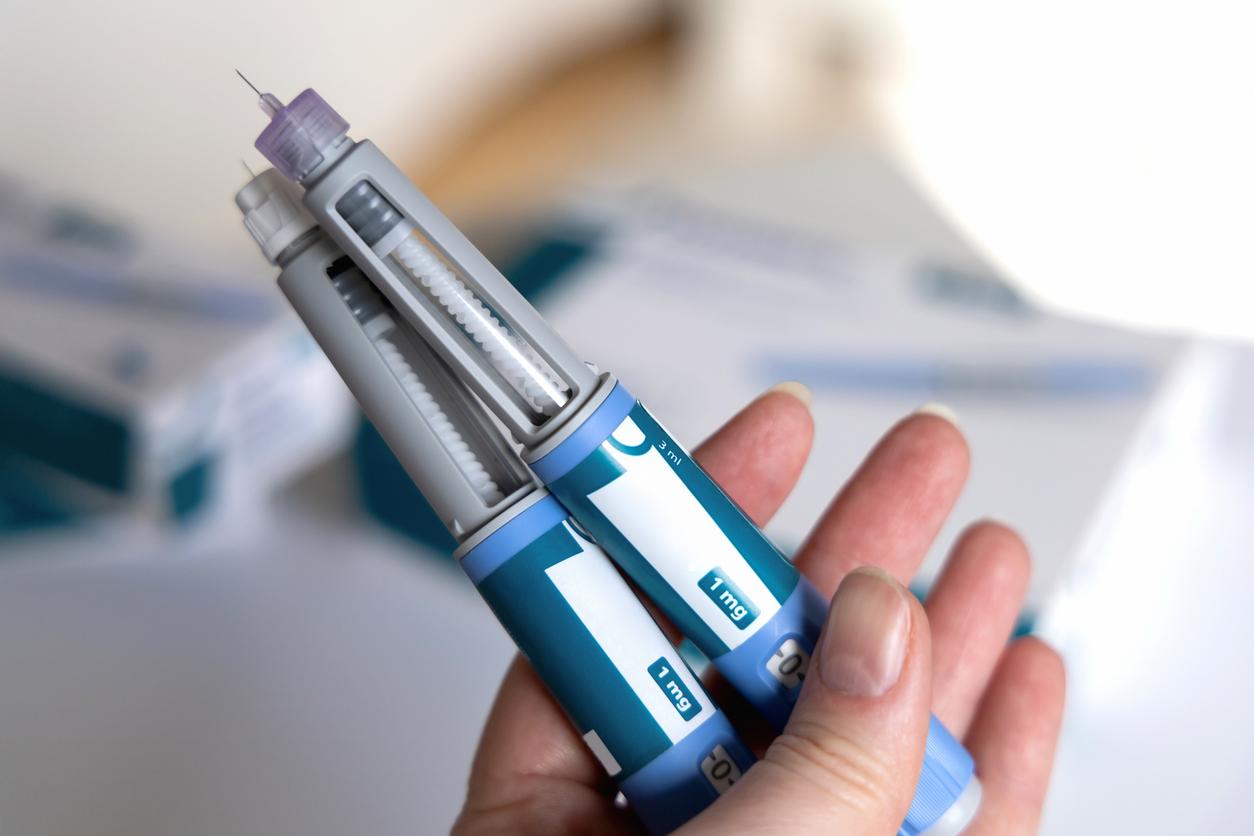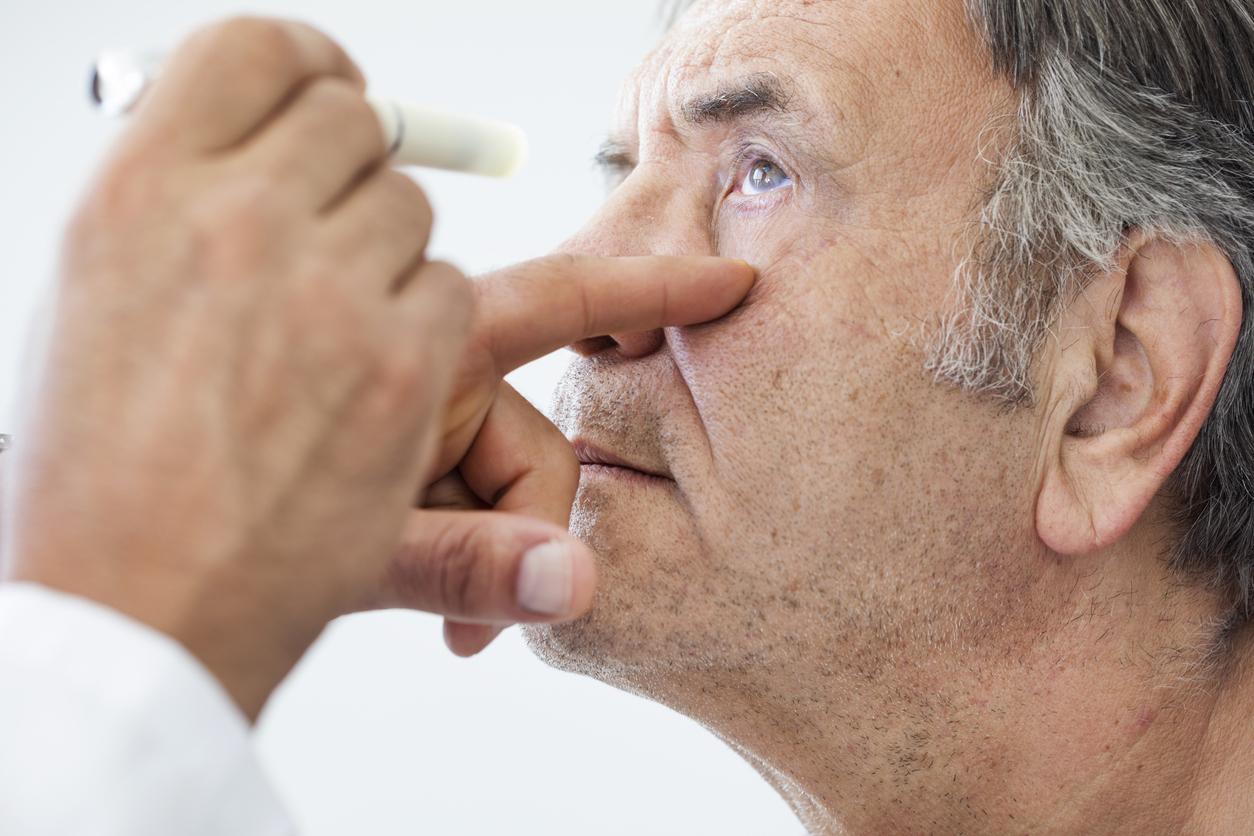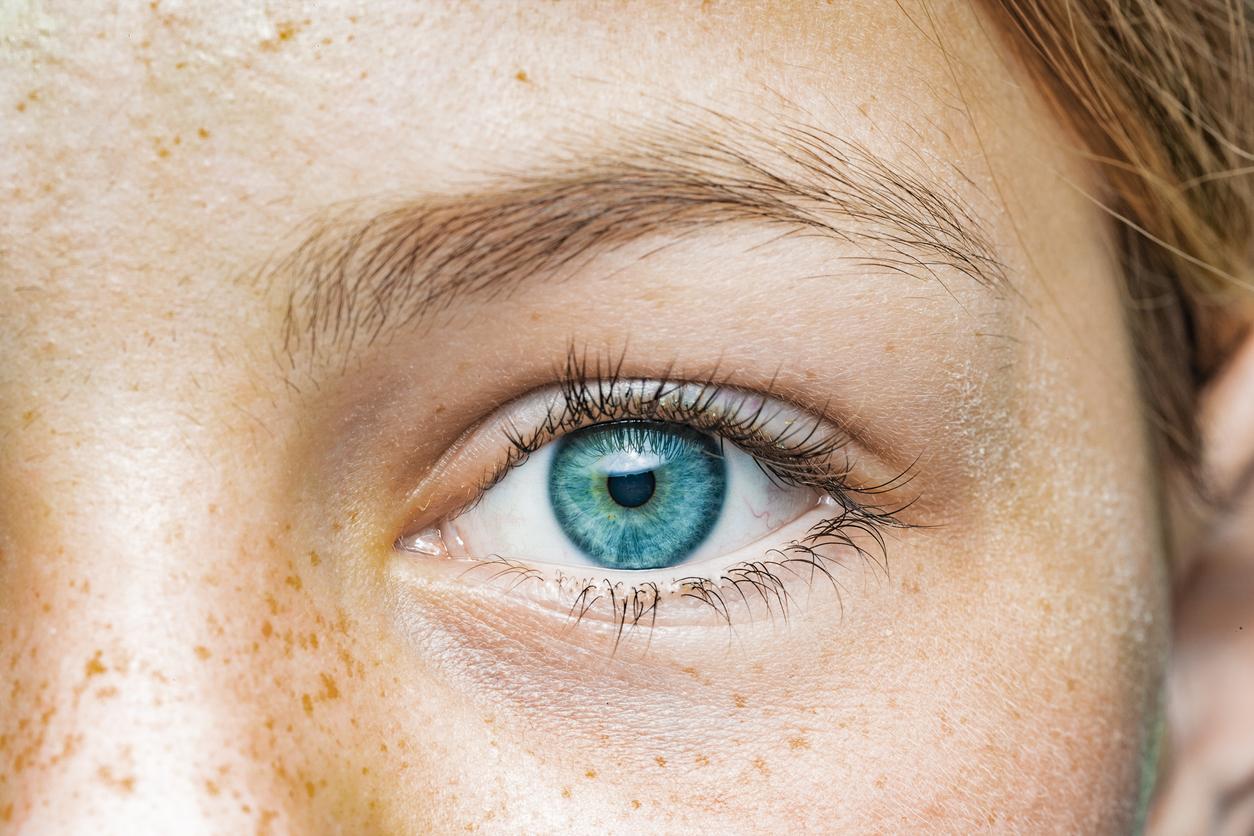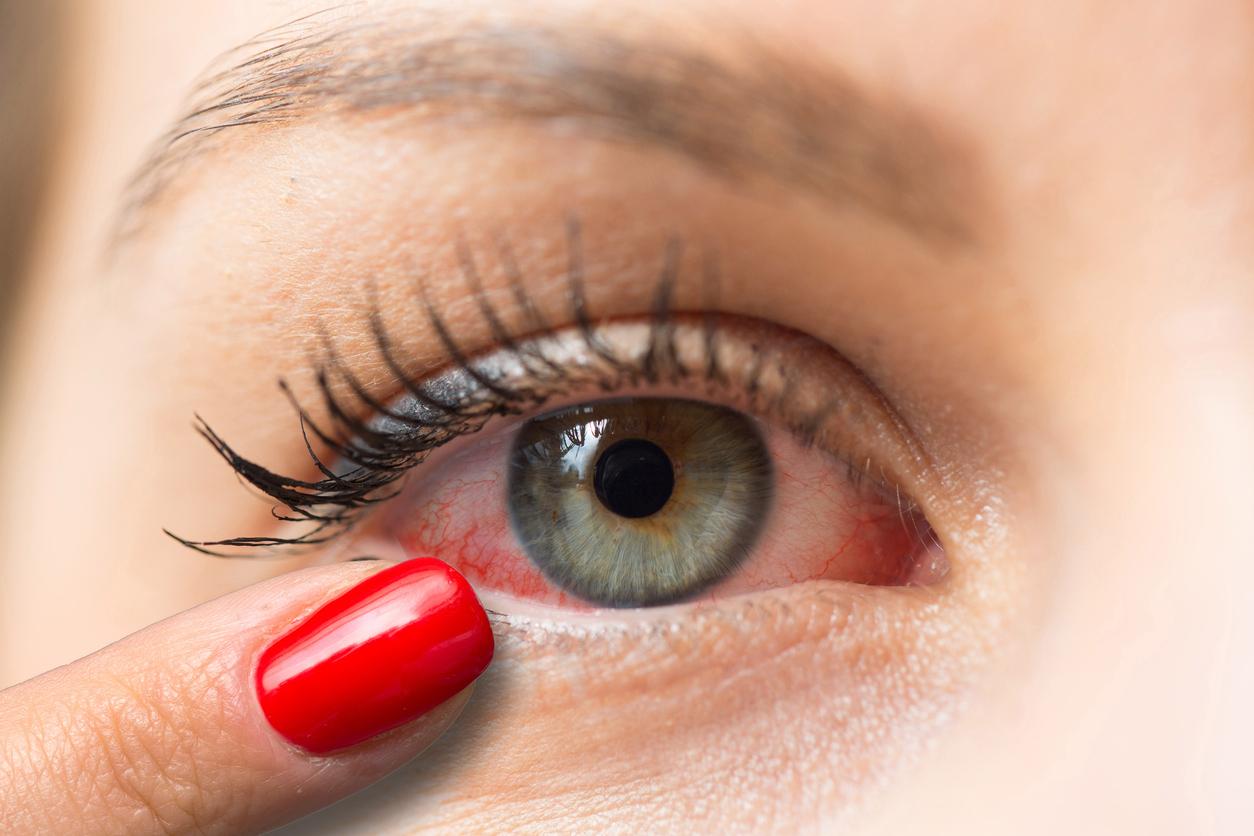Cataracts could be treated with eye drops made from lanosterol, a substance produced naturally by the eye. Partial (but sometimes total) clouding of the lens, a small lens that sits behind the iris (the colored part of the eye), is called a cataract. The cells that make up the lens multiply during embryonic life, allowing it to be transparent. They practically stop multiplying after 20 years. The ophthalmologist diagnoses cataracts when vision or the comfort of the eyes are disturbed in everyday life.
Researchers at the University of San Diego (United States) have developed an eye drops based on lanosterol capable of dissolving abnormal protein structures within lens cells and opposing the aging process of the lens.
They tested it in vitro on the lenses of rabbits with cataracts. After obtaining significant results and improved lens transparency, the researchers performed in vivo tests on dogs. The eye drops reduced the severity of the cataract and increased the clarity of the lens.
This discovery is encouraging and could lead to the first preventive and non-invasive treatment to delay the onset of cataracts by several years. “The need for surgery could practically be halved. These convincing tests pave the way for a real alternative to surgery (removal of the lens and placement of an implant) concerning this debilitating disease. It remains to test this new “eye drops for the treatment of cataracts in humans and to validate its relevance” explains Dr. Kang Zhang, professor of ophthalmology at the University of San Diego.
Every year, 600,000 people are operated on for cataracts in France.
Read also:
A test to detect congenital cataracts
Cataracts: what are the possible causes?
Cataract: the only treatment is surgery
















